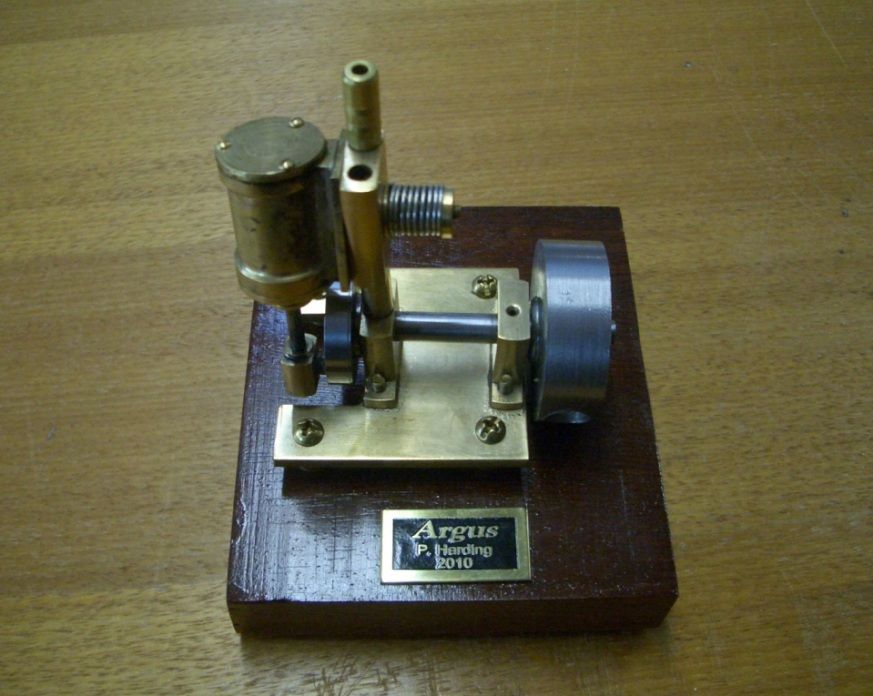Nice work again Pete, a pity about the tap but all is not lost yet

I think that Dick may have the Ferric Chloride solution wrong as this will etch the brass – the technique however is an old one but the chemical should be a solution of Alum.
The other tip is valid – make a small cutter from silver steel ie this would be like making a counterbore without the centre pin. The hole up the middle sholud just clear 10BA and deep enough to go over the the length of the (broken part) tap. The OD needs to be as small as you can get away with without the cutting edges becoming too fragile but don’t be too worried about this as the hole is easilly filled.
In use you need to set the baseplate up again with the tool exactly over the tapped hole and then, gently, make short plunges to remove the metal around the tap removing frequently to clear the chips . Providing you have centred the cutter accurately this will work very well albeit rather slowly.
The teeth on the cutter need not be anything special, filing them on is adequate and harden and temper in the usual way. Personally I wouldn’t temper it but that’s up to you.
Once you are deep enough for the tap to loosen drill right through the plate. then drill through again with the next size drill to give a uniform hole right through but do not debur the top face.You can if desired counter bore the lower face then make a small plug, shouldered to fit the CB or straight, about 2mm longer than the plate is thick and either a tight fit in the hole or use loctite. With the plug pushed from the bottom face through about a mm peen the ends gently just enough to swell them in the hole. Mill and finish file the surplus off level. If you do his right there will be very little evidence, if any, on the top face of this having been done – that’s why you don’t debur the hole.
Now the really difficult part – set it up re – drill and re-tap that 10 ba hole without shaking
too much

Hope this helps you overcome your set back
Keep on machining
Regards – Ramon
David Clark 13.



 and I am now part way through the Horizontal Mill engine in the same magazine.
and I am now part way through the Horizontal Mill engine in the same magazine. .
.  you obviously know the feeling
you obviously know the feeling






